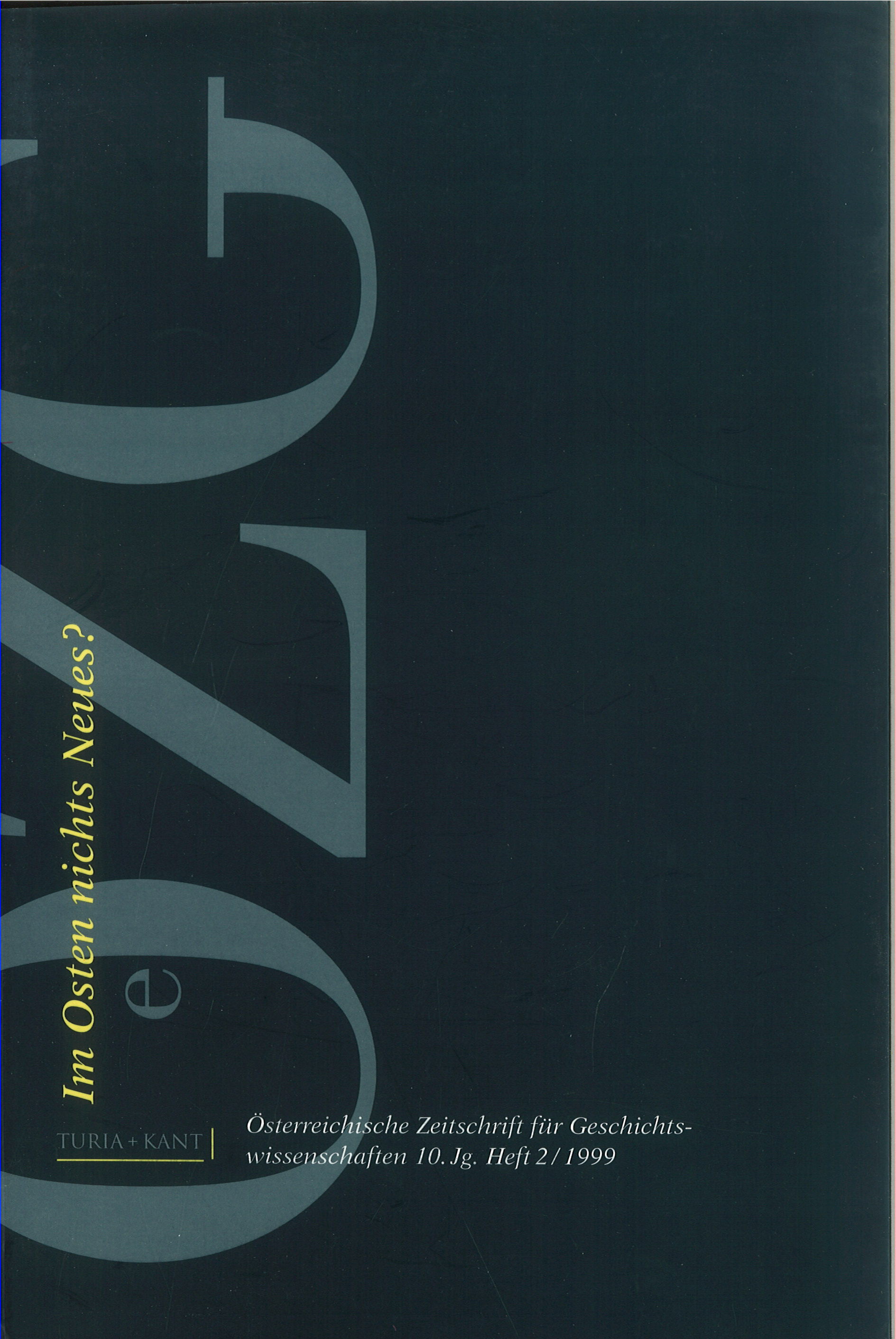Einfach weg
Zum ,Verschwinden' der Romasiedlungen des Burgenlandes 1938-1945 und den Schwierigkeiten der Rekonstruktion ihrer Wohn- und Besitzverhältnisse
DOI:
https://doi.org/10.25365/oezg-1999-10-2-4Abstract
Austrian historiography has long neglected the question of property confiscated during the Nazi period. Apart from Austrian Jewry, the second largest group to suffer near complete destruction were Austria's Gypsies. While most of them perished in the concentration camps of Lodz, Chelmo and Auschwitz their settlements in Burgenland were in most cases completely razed from the ground. The few survivors could not believe their eyes, when on their return they found their settlements, sometimes housing up to 280 people, completely destroyed. Attempts to reconstruct these Gypsy settlements are proving extraordinarily difficult, since in most cases the buildings had been erected on common land in the last decades of the 19th century and had never been entered into the Grundbücher, the official property registers. Documentation of their number, size and quality can be detected in local archives, contemporary photographic records and US and Soviet air force aerial maps of the region dating from World War II.


